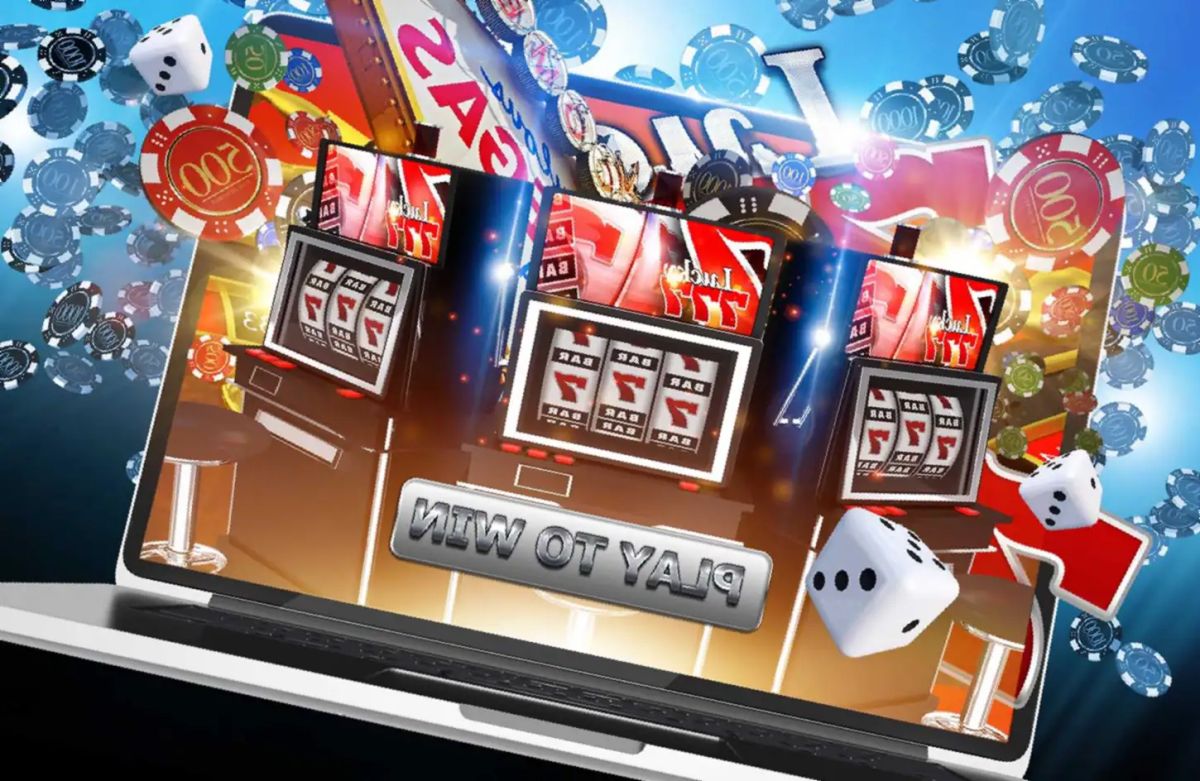The Engagement of Game Mechanics in Gambling Activities

The sphere of gambling games has long captivated participants with its blend of excitement, strategy, and the excitement of luck. As technology advances and the gambling landscape transforms, an exciting approach known as game-based learning has started to redefine the way we engage with these iconic games. By including game-like elements such as tasks, rewards, and monitoring advancement, this approach enhances participant involvement and transforms the traditional casino atmosphere into a much lively and engaging space.
This approach in casino entertainment not only appeals to seasoned players but also attracts a fresh group of players who desire a more engaging experience. With elements that promote involvement and foster connection among players, the gamified elements infuse fresh energy into beloved classics like poker, 21, and fruit machines. As we delve deeper into this phenomenon, we will explore how gamification is redefining the casino experience, making it more inclusive, fun, and beneficial for all involved.
Grasping Gamification
Game mechanics is the application of game-like features in real-world environments to boost user engagement and interaction. In the domain of gambling, this idea has gained considerable traction, transforming traditional gaming into a more interactive and rewarding adventure. By incorporating features such as points, stages, and benefits, casinos can create an atmosphere that encourages players to participate more often and for extended durations.
At the heart of gamification is the desire to harness the natural drives of players. Casino games that use gamification techniques are shaped to not only entertain but also to foster rivalry and success. Players are often drawn to the prompt responses and advancement monitoring that these features provide. This not only maintains them engaged but also cultivates a sense of achievement as they achieve goals and access fresh aspects.
Additionally, gamification can enhance social engagement among players, creating a community atmosphere that enriches the enjoyment of casino games. Elements such as ranking systems, group contests, and teamwork activities allow players to link with fellow players, share experiences, and compete in a good-natured manner. This social aspect adds another dimension to the adventure, making it more captivating and enjoyable for gamers.
Impact on Gamer Interaction
Gamification methods in casino games have greatly changed the way gamers interact with their favorite activities. By adding aspects such as incentives, rankings, and achievement badges, gaming platforms create an setting that encourages a stronger relationship between gamers and the activities they prefer. This enhanced engagement contributes to prolonged gaming periods and increased player commitment, as users work to unlock new stages or receive unique rewards.
Additionally, the social feature of game-based casino games cannot be dismissed. Many venues allow gamers to compete against others or other users, which adds a layer of anticipation and camaraderie. This rivalry drives engagement by appealing into players’ drive to compete, motivating them to revisit for additional in order to raise their standings or display their accomplishments. As a result, the community engagement foster a spirit of togetherness that encourages players coming back.
Furthermore, the immediate responses and validation provided by interactive features serve to inspire gamers. It may be a alert of a new accomplishment or the thrill of earning a bonus, these instant gratifications play a vital role in maintaining interest. non GamStop By constantly rewarding players for their participation, casino games become more than just a hobby; they transform into an immersive engagement that holds gamers and enhances their overall experience.
Trends in Casino Game Design
The entire landscape of gambling game design is regularly evolving, driven by technological advancements and evolving player preferences. One notable trend is the integration of immersive technologies, such as virtual reality and AR reality, to enhance the gaming experience. Such technologies create a more engaging environment, enabling players to perceive as though they are in a real casino, which can lead to prolonged play sessions and heightened player satisfaction.
Another trend is the incorporation of storytelling elements into casino games. Game designers are concentrating on storytelling to create a stronger connection between the player and the game. This story-centric approach not only makes the games more enjoyable but also encourages players to invest emotionally, which can enhance their overall experience. By blending traditional gaming mechanics with captivating stories, developers are attracting a broader audience who may not have previously engaged with casino games.
Lastly, the emergence of social gaming features is reshaping how players interact with casino games. Many games now incorporate social elements, such as broadcasting achievements or challenging with friends, to promote community and engagement. This trend reflects a move towards a more interactive experience, where players can link with others, sharing their excitement and challenges. As casinos adapt to these social dynamics, the act of gaming becomes not just about solo play, but also about building connections among players.
